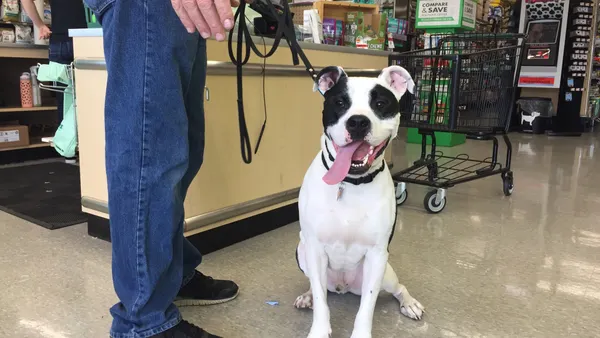While the massive force that is the Consumer Electronics Show (CES) fixates mostly on—as the name suggests—digital innovations for consumers, a deeper look at this year's show unveiled plenty of insights into what retail marketers can expect in 2015. In this heavily digital world, disruptions to the marketing industry come fast, and keep going well after introduction.
To help prepare retail marketers for the year ahead, we’ve pulled together an overview of the biggest marketing disruptions to prepare for in 2015.
1. The new celebrity
The path to stardom is no longer a straight and narrow one to movies or TV. Hollywood is losing it’s dominance in determining who is, or isn’t, a “star” in the figurative sense. YouTube—and increasingly other content sites like Reddit—have built an industry that propels people into fame without the use of movies or television. Celebrity brand endorsements are now coming from YouTube "vloggers" and Grumpy Cats from Reddit.
While this disrupts the general order of celebrity endorsements, this shake up could be a plus for marketers in 2015. Web stars can promote products more efficiently and affordably than landing a sitcom star or a professional athlete. The process however could be a bit riskier. Finding popular web stars is easy—but finding the perfect fit for a brand niche is a bit of a challenge.
2. Local targeting
As consumers demand a more personalized experience both in-store and online, blanketed national campaigns could start fading into the background. People want local, personal, customized experiences —and respond more than ever to marketing targeted locally. The ubiquitous adoption of smart mobile devices is pushing that localized trend even faster.
National marketers can no longer ignore local search targeting: It’s time for a strategy. But the fluidity necessary to keep local campaigns afloat is no small challenge. Retailers may be hesitant to develop local search campaigns, but those that do will pull ahead.
3. The sharing economy
The Internet and mobile have created a global community where people can connect like never before. This connection, and a general shift with the millennial generation that strives to make a difference, has bred a sharing economy. Peer-to-peer marketplaces like eBay and clothing swap sites like Tradesy make shopping and selling used products convenient through mobile apps and websites.
Although consignment shops are nothing new, digital access to the sharing economy could mean consumers could stop turning to retailers for some goods and services, and rather to each other instead. To adapt, marketers will need to find ways to simulate a sharing economy in their own products and services.
4. Private messaging
Facebook may still rein king in the social media world, but the ways people communicate are changing. Social sites like Facebook and Twitter no longer provide the intimacy or privacy needs that younger generations are looking for. The explosion in popularity of private messaging apps like Snapchat, Whatsapp, and even Facebook’s Messenger are increasingly where people are talking.
The challenge for marketers will be reaching people in their private conversations, although butting into the conversation will only alienate users. There is hope, however, as Snapchat has seen some success with in-app ads. The key will be to deliver an ad experience as close to the person-to-person experience as possible—not an easy task.













